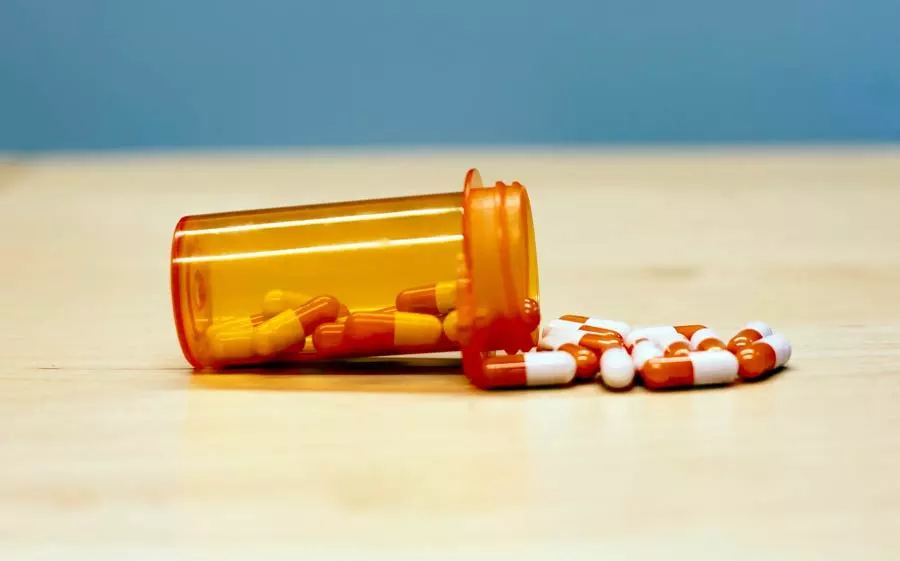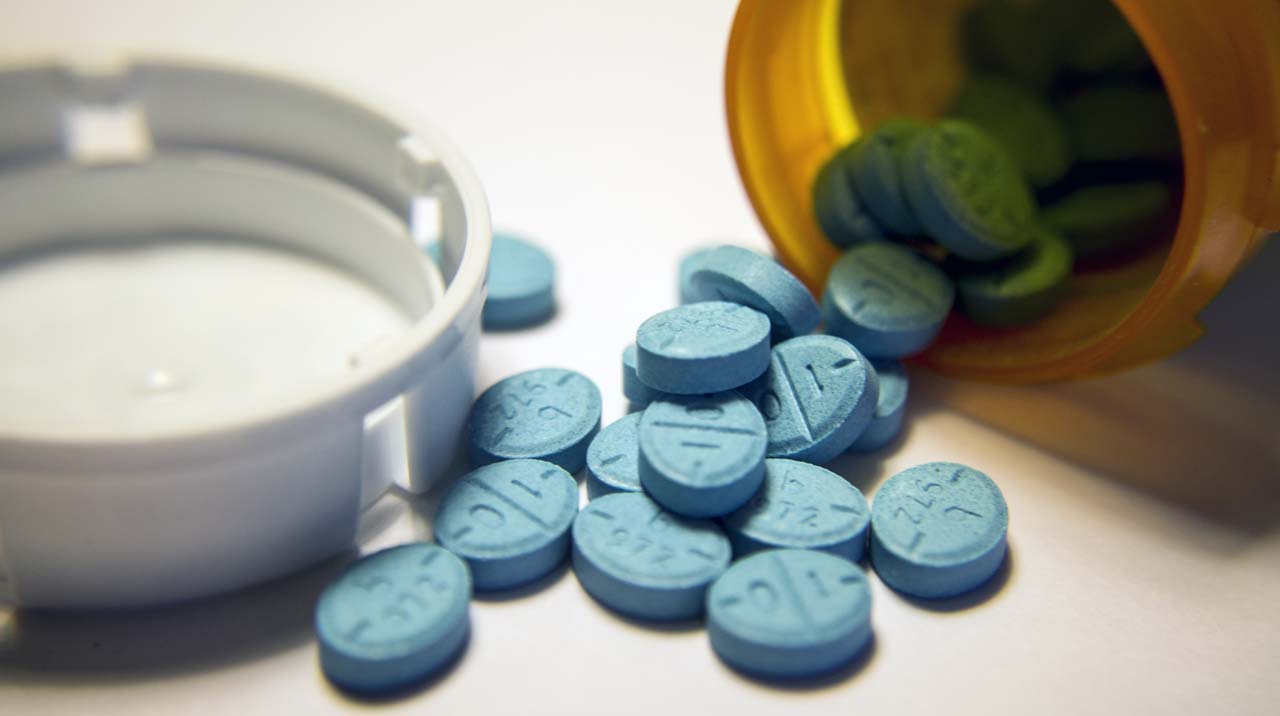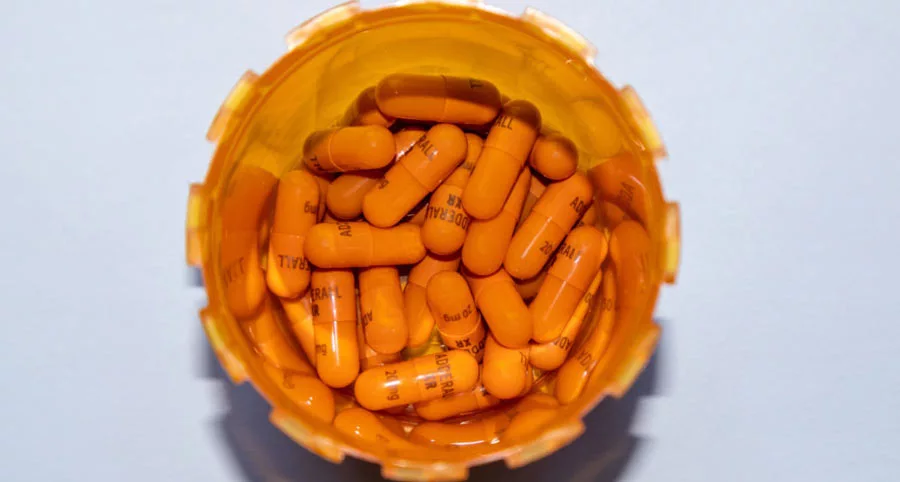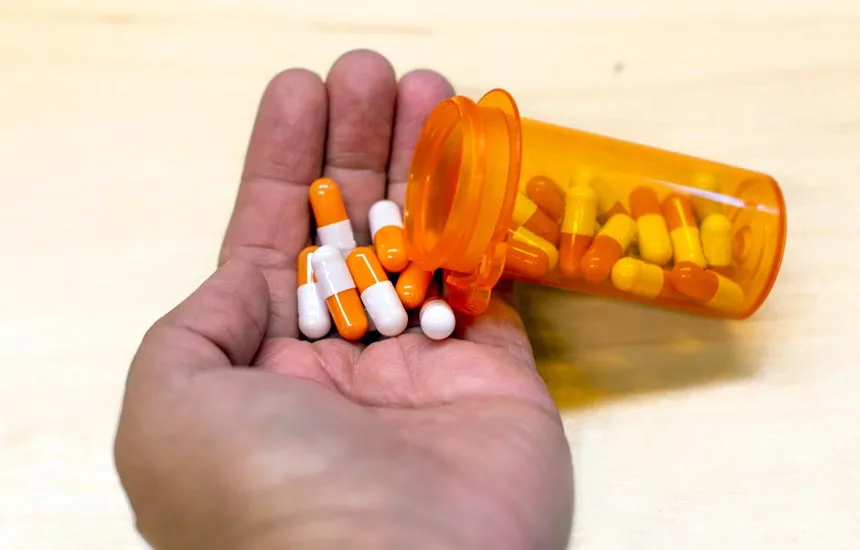The Duration of Adderall’s Beneficial and Potentially Harmful Effects
Adderall is a prescription medication widely used in the treatment of attention-deficit/hyperactivity disorder, or ADHD. Doctors may also prescribe the medication to help people with narcolepsy. A given dose of Adderall stays in your system for a fairly predictable amount of time. While in your bloodstream, it produces certain therapeutic effects. A variety of side effects may also occur in anyone taking the medication. In addition, if you misuse or abuse Adderall, you can run into problems that include addiction and overdose.
What Is Adderall
Adderall belongs to a group of brand name medications known as combination products. Medications of this type do not contain just one active ingredient. Instead, they contain a mixture of active ingredients that work together.
What is Adderall made of? The medication’s active ingredients are amphetamine and dextroamphetamine. Dextroamphetamine is the primary ingredient. Each dose of Adderall contains three parts of this compound and one part amphetamine.
Both amphetamine and dextroamphetamine belong to the stimulant category of substances. When you take them, they speed up the activity rate in your brain and spinal cord. At the same time, they make you feel more focused and alert.
There are two formulations of Adderall on the market. One formulation, Adderall IR, is the standard, immediate-release version of the medication. When you take it, you feel its full effects all at once. The second, Adderall XR, is an extended-release product. This means that it does not hit your system all at once. Instead, it has a more gradual effect.
How Long Does Adderall Stay in Your System
The question of how long Adderall stays in your system is a bit complicated to answer. That is true because a range of considerations have an impact on the duration of the medication’s presence. Still, some basic facts can be established.
One crucial concept in determining the duration of any medication’s effects is half-life. This term describes the amount of time it takes for half of a given medication dose to leave your system. The half-life of Adderall IR is roughly nine hours. Adderall XR has a half-life that varies from ten to 13 hours.
What do these figures mean? In about nine hours, your system’s levels of Adderall IR will fall by 50 percent. In the next, nine hours, the remaining level of medication in your system will be halved again. This process continues until no more Adderall remains in your body. The same process holds true for Adderall XR, but on a time scale of every ten to 13 hours.
How Long Does Adderall Show Up On Drug Tests
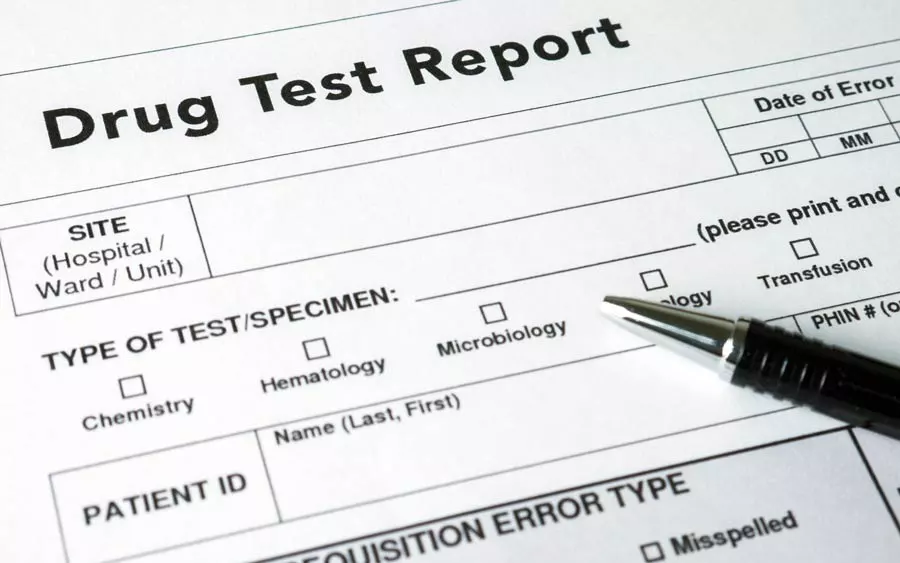
Most of the Adderall in your system gets excreted in your urine. How long will a urine drug test reveal the presence of the medication? Both Adderall IR and XR will be detectable for about two to three days after you take a typical dose. What if a blood test is performed, instead? In these circumstances, testing will show positive for Adderall for up to two days. A saliva test will reveal the medication’s presence for roughly a day or two.
What Affects How Long Adderall Stays in Your System
Half-life is a useful, convenient medical concept. However, it only provides an educated estimate of how long a medication will stay in your system. Why is this true? A number of factors can affect the speed at which you process a medication like Adderall. The list of these factors includes:
- The functional health of your kidneys
- Your age
- Potential interactions with other drugs or medications in your system
- Other details of the specific way your body processes drugs or medications
Together or separately, such factors can have a significant impact. For this reason, the half-life of Adderall in your system may vary from the norm. In turn, the medication may stay in your body for shorter or longer than expected.
Are There Side Effects to Taking Adderall
The use of many medications comes with a risk for unwanted side effects. That is certainly true for Adderall. Doctors break the potential side effects of taking Adderall down into two main groups. The first group contains effects that are only a concern if they take a severe form or do not fade away. Problems in this category include:
- Headaches
- Constipated bowels
- Loose bowels
- Feelings of nausea
- Unusual nervousness
- An abnormally dry mouth
- Increases or decrease in your sex drive or sexual performance
- Painful cramps associated with menstruation
Adderall side effects in the second group are always a concern. If they occur, you should seek medical help as soon as possible. Effects in this category include:
- Skin that itches, peels or blisters
- Rashes on your skin
- Abnormal speech difficulties
- Leg or arm numbness or weakness
- Problems swallowing or breathing
- A depressed mental state
- Altered nerve sensations in your feet or hands
- Hallucinations
- Paranoia
- Delusional beliefs
These are just some of the almost two dozen emergency symptoms you may experience.
What Is Considered Misuse of Adderall
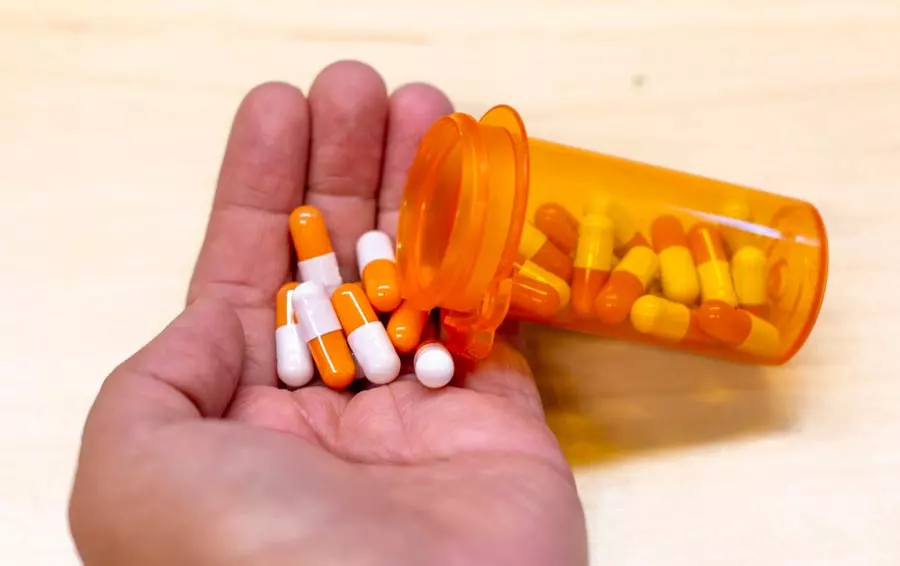
Adderall can trigger side effects even when you take it as intended. If you misuse the medication, you open yourself up to other possible issues, as well. One such issue is Adderall addiction. You can also potentially overdose on the medication.
What actions are considered to be misuse of Adderall or any other prescription drug? Specific behaviors that fit this definition include:
- Increasing the frequency and/or amount of your medication doses on your own
- Using Adderall prescribed to another person
- Taking Adderall for any reason other than needed medical treatment
- Doing anything to make the medication hit your system faster than usual
Stimulants like Adderall are some of America’s most widely misused prescription medications.
When Does Adderall Misuse Become Adderall Addiction
Every time you misuse Adderall, you increase the odds that you will become physically dependent on it. Physical dependence indicates that your brain now expects the medication to be in your system. It is characterized by two main things:
- Rising tolerance to the effects of Adderall
- The onset of withdrawal if you stop taking the medication or rapidly decrease your use
However, physical dependence and addiction are not equivalent things. As a rule, Adderall misuse becomes Adderall addiction when two other issues also occur. The first of these issues is an emotional dependence on the medication. The second, recognized as a defining element of addiction, is a compulsive drive to keep using more and more Adderall.
Factors Affecting Your Addiction Risks
Not everyone who takes Adderall has an equal chance of developing problems with addiction. Instead, a number of factors may increase your level of risk. Examples of these factors include:
- Your genetic background
- How old you were when you started misusing Adderall
- The conditions you grow up in during childhood
Generally speaking, the younger you are when you start misusing Adderall, the greater the chance addiction will occur. The interaction between your genes and your childhood environment can also have a huge impact. Specific environmental factors that make addiction more likely include:
- Inadequate parental supervision
- Having peers who approve of drug use and misuse
- Living in a place with easy access to Adderall
When combined with genetic factors, poor school performance may also help increase your risks.
How Many People Are Addicted to Adderall
Adderall addiction is an example of a condition called prescription stimulant use disorder. This disorder also covers addiction to other kinds of prescription stimulants. It also covers all forms of damaging, non-addicted abuse of these medications.
Research shows that roughly three-quarters of a million Americans have prescription stimulant use disorder. By far, adults over the age of 25 are most likely to develop this condition. Younger adults make up a much smaller percentage of people with prescription stimulant use disorder. Relatively few preteens and teens are affected.
Treating Adderall Addiction
Adderall Detox
How do rehab programs help people recover from Adderall addiction? If you are addicted to the medication, you will probably need to start with a medical detox program. This kind of program provides a safe environment for halting your Adderall misuse. It also provides crucial support for coping with stimulant withdrawal symptoms such as:
- Changes in your normal sleep pattern
- Loss of energy
- Unusual anxiousness or irritability
- Problems focusing or concentrating
- Depression
- Feelings of paranoia
- Ongoing cravings for more Adderall
There are no medications available to help reduce the effects of Adderall withdrawal. Instead, you receive basic support that keeps you safe and helps you stay as comfortable as possible.
Primary Adderall Treatment

Once Adderall is out of your system, you can continue your recovery in a primary treatment program. As in detox, medication does not typically play a role in this phase of your recovery. Instead, rehab facilities provide help in the form of behavioral psychotherapy.
Multiple types of behavioral therapy are known to help most people addicted to a prescription stimulant. One potential option is contingency management, also known as a motivational incentives program. In this kind of therapy, you receive some kind of meaningful reward when you stay sober during treatment. Common examples of such rewards include:
- Goods
- Services
- Food
- Entertainment passes or vouchers
Your Adderall treatment plan may also include something called 12-step facilitation therapy. This therapy was created in recognition of the importance of joining a mutual self-help group while in recovery. It teaches you how self-help groups work. It also helps you prepare to become an active participant in any group you join.
You may also benefit from other therapy options. One additional option is family behavior therapy. This therapy helps you work through family issues that may be supporting your Adderall addiction. It is common to receive more than one form of behavioral therapy will recovering from stimulant addiction.
Get Effective Help for Adderall Abuse and Addiction at Best Rehabs In Arizona
Need help for Adderall abuse or addiction? The professionals at Best Rehabs In Arizona are standing by to assist you. We specialize in the treatment of all stimulant-related problems. That includes problems related to the combined use of dextroamphetamine and amphetamine. Our goal is to help you regain your sobriety and learn the skills needed to maintain it. To get your recovery started, call us today.

